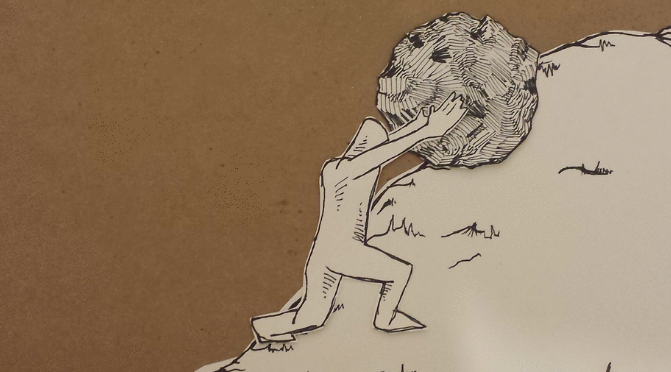Lafayette City Councilor Ron Campbell:
It seems to me we’ve got to create more interest in elections if we are going to get people to participate in government.
I disagree with Councilor Campbell’s understanding of the disinterest in elections; it is not elections that bring participation in government, it is engagement in government that brings participation in elections.
As I am often fond of saying, individuals should not limit their political life to the ballot box. What has Campbell done to involve the Public in the process? What kind of engagement and access has Campbell worked towards to open up the City’s activities, including Committee work?
As of today, only the Lafayette City Council meetings are posted on the City’s YouTube channel. Anyone remotely familiar with municipal government knows that impactful decisions are made outside Council meetings, such as at the Board of Public Works, or the Economic Development Commission to name a couple.
On the City’s web site, only the City Council and Board of Public Works have their audio posted. Again, anyone who has worked on boards or with local government knows minutes are usually gross generalizations of the conversation and are only legally required to document the motions and votes on particular issues. Sometimes, comments are distilled to neutralizing nothings:
To get an accurate picture of a group, one must observe the actual meeting.
(Side note: Lafayette, after all, is the hometown of C-SPAN creator, Brian Lamb. This type of documentation and digestion is in our blood!)
In order to excite the Public’s interest in local government, they need to have access to how their local government works. To have guidance on navigating the system, how to find information, ask questions, analyze data, etc. They need to feel like this is expected of them. Once we get people involved in the processes of government, they will be more delighted to evaluate those running for office, and ultimately return each election cycle to vote.
Moving the election, as has been recently talked about by multiple groups, including the Journal and Courier’s Dave Bangert, is not the solution.
Once moved, municipal issues will be shadowed by the larger, National questions, candidates, and issues. If people can’t take the time to learn about their local leaders now, how can we expect them to do so when the workload is increased?
Another context missing from this conversation is the weakness of our political landscape, namely the two parties in Tippecanoe County.
The Democrats were the only ones who had an primary contest in the entire County. Five individuals were running for the three At-Large seats in the Lafayette City Council. A fleet of challengers is always good for the Public and the abysmal effort by both parties on each side of the river sends two possible messages to the local community:
- The candidate selection process is pre-filtered internally by the Democrat and Republican leadership, possibly discouraging those who might want to run not to do so.
- The candidate pool is deplete and barren.
Either one does not bode well for the Public and the democratic process in Tippecanoe County.
The two-party system is one that should not be sustained either. Efforts to do so are myopic, wasteful, and damaging to the future of our political system. Keeping the two parties creates an environment that stabilizes into a stagnation, causing the Public to squander interest, lose trust, and tune out what is happening around them. If that is the desired goal, we achieving this to splendid results across the United States of America.
That, Councilor Campbell, is why people are not interested in government. When the only importance emphasized to the Public is their voting habits, one quickly becomes a bystander or worse, a stranger, to the very opportunities that would make them feel integral to our democracy.

